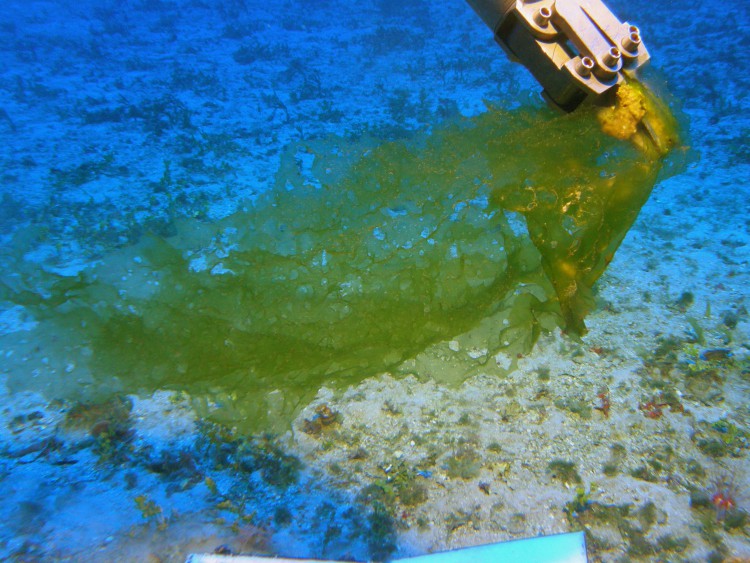NOAA-funded scientists at the University of Hawai’i have discovered and described four new algal species in Hawai’i’s mesophotic coral ecosystems. The new species are commonly known as green sea lettuces (Ulva ohiohilulu, Ulva iliohaha, Umbraulva kuaweuweu, and Umbraulva kaloakulau). Sea lettuces are not well described in mesophotic environments (100 -500 feet deep), but are known from shallow waters worldwide.
The algae were collected at depths of 210 -410 feet from 13 different sites between Midway Atoll and Maui. These sea lettuces appear to be distinct from shallow-water populations in Hawai’i, but whether they are similar to mesophotic algae in other parts of the Pacific Ocean is unknown. The discovery of these new and abundant species at these depths suggests that the mesophotic environment in Hawai’i may have many other new species and be more diverse than previously described.

This discovery was featured inthe latest issue of the Journal of Phycology. Marine algae, or limu, are very important in Hawaiian culture, as they are used in foods, ceremonies, and as adornments in traditional hula. Scientists consulted with the native Hawaiian community to develop meaningful names for the new species to honor the importance of limu in Hawaiian culture. One species was named Ulva ohiohilulu, which translates to ‘flourishing in the leeward calm,’ in reference to the calm waters and widespread mesophotic reefs of the ‘Au’au Channel between the islands of Maui and Lana’i.
The research was funded by NCCOS’s Deep Coral Reef Ecosystem Studies project, NOAA’s Office of Ocean Exploration and Research, the Hawai’i Undersea Research Laboratory, NOAA’s Coral Reef Conservation Program, and the Papahanaumokuakea Marine National Monument.
For more information, contact Kimberly.Puglise@noaa.gov.
